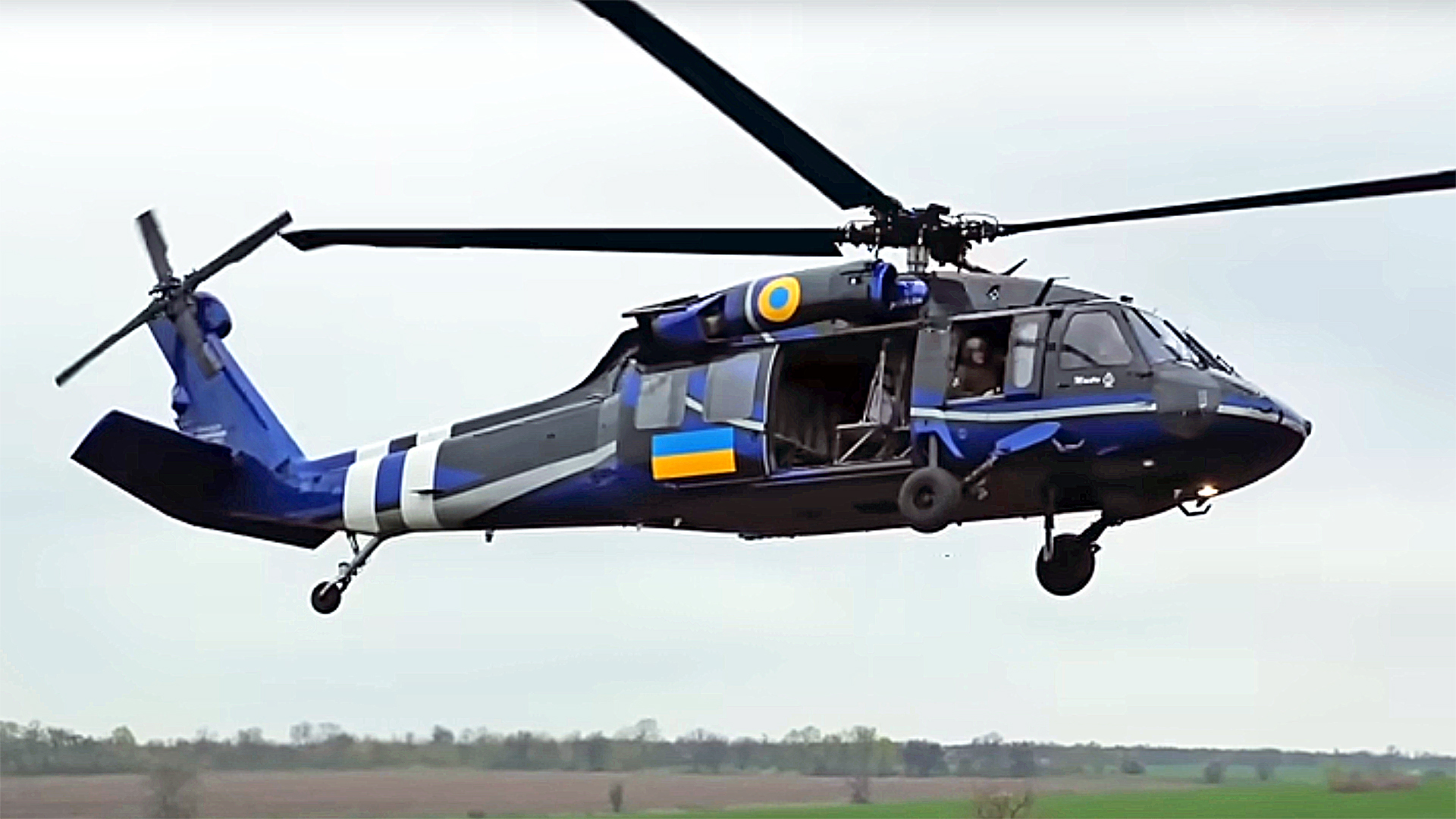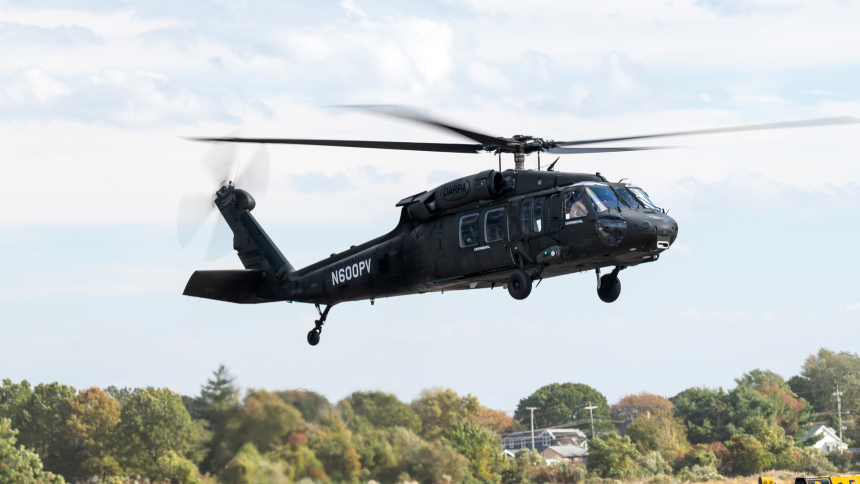The UH 60’s Enduring Legacy in Military Aviation and Its Global Impact
The UH 60’s Enduring Legacy in Military Aviation and Its Global Impact
Blog Article
Discovering the Background and Advancement of the UH 60 Helicopter

Origins of the UH-60
The beginnings of the UH-60 helicopter can be mapped back to the late 1960s, a period marked by the need for a flexible energy airplane that might adapt to the evolving needs of modern war. The U.S. Military identified the requirement for a replacement for the older UH-1 Iroquois, which was becoming increasingly poor for the intricacies of modern combat circumstances. In 1967, the Military initiated the Utility Tactical Transportation Aircraft System (UTTAS) program, which sought to develop a multi-role helicopter with the ability of different objectives, including army transport, medical discharge, and logistical support.
The design competitors brought in a number of aerospace producers, however it was Sikorsky Airplane Firm that inevitably protected the agreement in 1972. The UH-60 Black Hawk was introduced, showcasing innovative style components and progressed innovation that set it besides its precursors. Its maiden trip took place in 1974, and the airplane was formally embraced by the Military in 1979. The UH-60 rapidly acquired recognition for its robust performance, integrity, and adaptability, leading the method for its extensive use in army procedures and strengthening its status as a cornerstone of united state Military aviation.
Key Style Attributes
Cutting-edge layout attributes of the UH-60 Black Hawk significantly add to its operational effectiveness. Among one of the most significant elements is its twin-engine arrangement, which enhances integrity and provides a higher power-to-weight ratio, enabling the helicopter to perform under various conditions. The aircraft's four-blade primary blades system uses boosted lift and maneuverability, essential for tactical objectives.

Furthermore, the cabin is developed for optimal exposure and comfort designs, featuring advanced avionics that streamline pilot operations. The modular layout of the UH-60 allows for simple maintenance and adaptability, making it appropriate for different goal accounts, from troop transport to medevac operations. These key style features make certain that the UH-60 Black Hawk remains a reputable and flexible possession in military aviation, efficient in fulfilling the demands of contemporary warfare.
Technical Innovations
Current technological advancements in the UH-60 Black Hawk have actually considerably improved its operational capabilities and convenience. The combination of sophisticated avionics, such as digital flight control systems and improved situational understanding displays, permits pilots to run with enhanced precision and efficiency. These systems promote enhanced navigation, interaction, and information sharing, enabling the helicopter to work efficiently in varied atmospheres.
Furthermore, the intro of composite materials has lowered the overall weight of the airplane while preserving structural integrity. This reduction boosts fuel performance and extends operational variety. The incorporation of sophisticated blades technology, including using four-blade, fully verbalized rotor systems, has actually improved lift efficiency and ability to move, allowing for better handling in different trip conditions.

In addition, developments in propulsion systems, such as the T700-GE-701D engines, have actually boosted power result and integrity - uh 60. These engines add to superior performance in hot-weather and high-altitude conditions
Finally, the combination of self-defense systems and boosted sensing unit plans improves the Black Hawk's survivability and like it goal efficiency. Jointly, these technical improvements make certain that the UH-60 Black Hawk remains a vital asset in modern-day aeronautics, capable of adjusting to the developing needs of army and humanitarian missions.
Role in Armed Force Operations
As the backbone of U.S. Military air travel, the UH-60 helicopter plays an important role in numerous military operations, serving as a versatile platform for battle support, transportation, and medevac objectives - uh 60. Its layout incorporates the capability to operate in varied environments, making it necessary for army movement and logistical assistance in both unconventional and standard war

In clinical emptying scenarios, the UH-60 has actually verified indispensable, considerably lowering the time to transport damaged soldiers from the combat zone to clinical centers. Its innovative avionics and night vision capabilities even more guarantee goal success under tough conditions. In general, the UH-60 helicopter remains an essential property, constantly adapting to meet the progressing needs of military procedures and enhancing the efficiency of united state pressures worldwide.
Future of the UH-60
Looking in advance, the future of the UH-60 helicopter entails significant advancements in modern technology and abilities designed to boost its functional efficiency. As military operations develop, the UH-60 is expected to incorporate innovative innovations, including boosted avionics, enhanced tools systems, and progressed interaction tools. These enhancements will enable better situational understanding and objective flexibility, making sure that the UH-60 stays a vital asset on the battleground.
One remarkable development is the integration of fly-by-wire systems, which will enhance trip control precision and minimize pilot work. Efforts to update the airframe and engines aim to enhance payload, array, and speed capability, therefore expanding the helicopter's operational scope.
The future likewise holds guarantee for increased interoperability with unmanned airborne systems (UAS), enabling coordinated objectives that utilize both manned and unmanned capacities. Additionally, the incorporation of expert system and device knowing might maximize flight characteristics and upkeep processes, leading to decreased functional prices.
Verdict
The UH-60 Black Hawk helicopter represents a significant success in army aeronautics, developing from the U.S. Military's initial demands for a flexible energy aircraft. Its ingenious design functions and constant technological developments have actually ensured its significance discover this in various military operations over the decades. As the demands of modern-day war adjustment, the future of the UH-60 here will likely involve more enhancements and adaptations, enhancing its status as a crucial asset for militaries worldwide.
The UH-60 Black Hawk helicopter represents a significant landmark in military aeronautics, arising from the U.S. Army's pursuit for an extra reliable and functional utility aircraft in the late 20th century.The origins of the UH-60 helicopter can be traced back to the late 1960s, a period noted by the demand for a versatile utility aircraft that can adapt to the evolving needs of modern warfare. Overall, the UH-60 helicopter stays an important property, continuously adapting to meet the developing needs of army procedures and enhancing the performance of United state pressures worldwide.
Looking in advance, the future of the UH-60 helicopter involves substantial improvements in technology and capacities created to enhance its functional efficiency.The UH-60 Black Hawk helicopter represents a substantial success in army aeronautics, developing from the U.S. Army's preliminary requirements for a flexible utility airplane.
Report this page